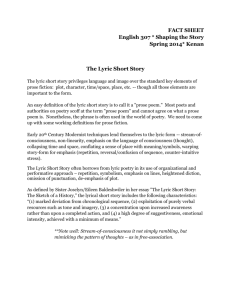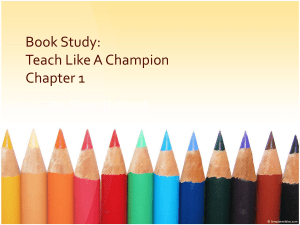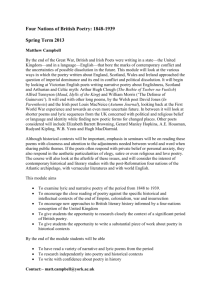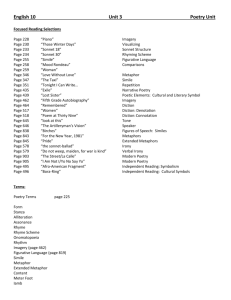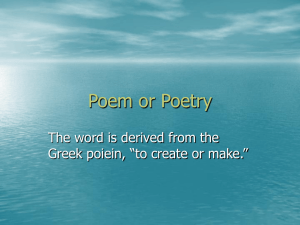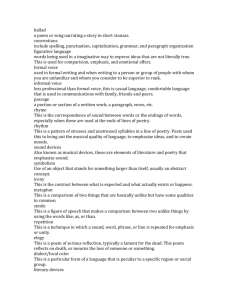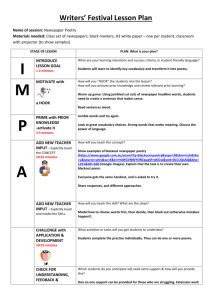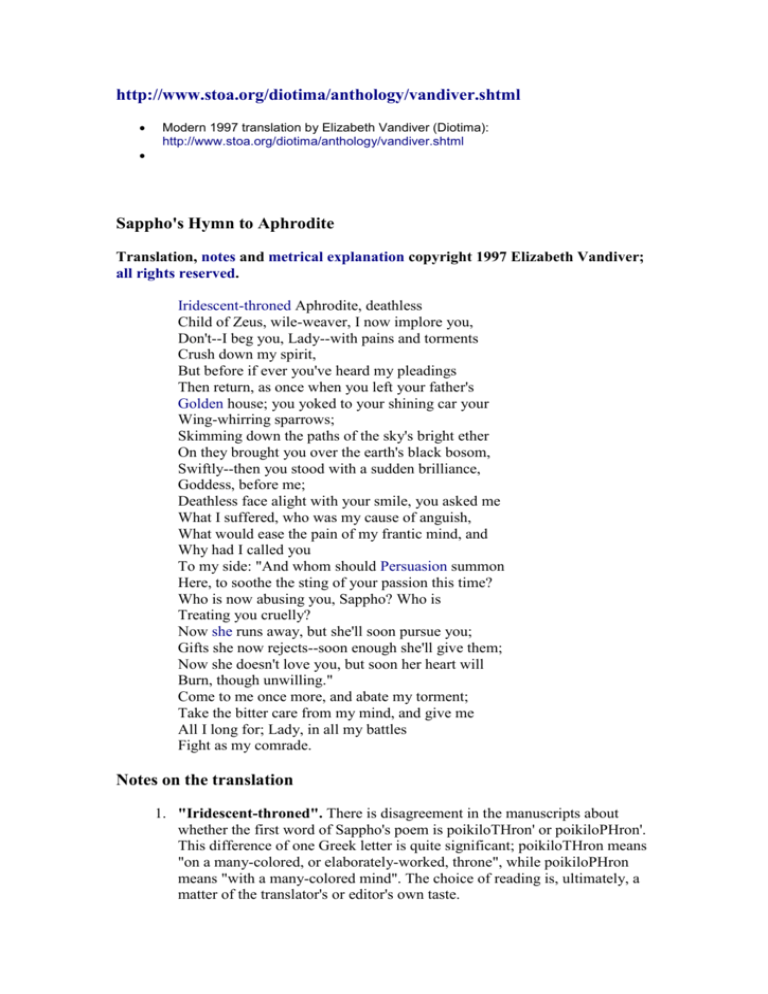
http://www.stoa.org/diotima/anthology/vandiver.shtml
Modern 1997 translation by Elizabeth Vandiver (Diotima):
http://www.stoa.org/diotima/anthology/vandiver.shtml
Sappho's Hymn to Aphrodite
Translation, notes and metrical explanation copyright 1997 Elizabeth Vandiver;
all rights reserved.
Iridescent-throned Aphrodite, deathless
Child of Zeus, wile-weaver, I now implore you,
Don't--I beg you, Lady--with pains and torments
Crush down my spirit,
But before if ever you've heard my pleadings
Then return, as once when you left your father's
Golden house; you yoked to your shining car your
Wing-whirring sparrows;
Skimming down the paths of the sky's bright ether
On they brought you over the earth's black bosom,
Swiftly--then you stood with a sudden brilliance,
Goddess, before me;
Deathless face alight with your smile, you asked me
What I suffered, who was my cause of anguish,
What would ease the pain of my frantic mind, and
Why had I called you
To my side: "And whom should Persuasion summon
Here, to soothe the sting of your passion this time?
Who is now abusing you, Sappho? Who is
Treating you cruelly?
Now she runs away, but she'll soon pursue you;
Gifts she now rejects--soon enough she'll give them;
Now she doesn't love you, but soon her heart will
Burn, though unwilling."
Come to me once more, and abate my torment;
Take the bitter care from my mind, and give me
All I long for; Lady, in all my battles
Fight as my comrade.
Notes on the translation
1. "Iridescent-throned". There is disagreement in the manuscripts about
whether the first word of Sappho's poem is poikiloTHron' or poikiloPHron'.
This difference of one Greek letter is quite significant; poikiloTHron means
"on a many-colored, or elaborately-worked, throne", while poikiloPHron
means "with a many-colored mind". The choice of reading is, ultimately, a
matter of the translator's or editor's own taste.
2. "Golden": In the original, the adjective "golden" is grammatically
ambiguous, and could refer either to the house or to the chariot that Sappho
asks Aphrodite to yoke. I have tried to preserve this ambiguity by giving the
adjective "shining" to the car.
3. "Persuasion". The text is corrupt at this point, and editors differ over
whether the word *peitho* should be taken as a verb, so that Aphrodite is
saying "Whom should I persuade..." or as a noun. If one takes it as a noun,
as I have done here, the next question is whether it refers to the personified
goddess Peitho, Persuasion, or simply to the abstract concept. I have chosen
to personify the noun by capitalizing it. Again, as with *poikilothron/phron" in line 1, the final guide is each reader's (or translator's) taste.
4. "She". In the Greek, the sex of Sappho's beloved is indicated by only one
word, the feminine participle "etheloisa", "wishing/wanting/willing".
Unfortunately, the text may be corrupt at this point and the reading is not
absolutely certain, although it is generally accepted.
5. See also Diotima's bibliography for Sappho (with additional links there).
Back up to the beginning of the poem.
Explanation of Meter
The "Hymn to Aphrodite" is written in the meter Sappho most commonly used, which
is called "Sapphics" or "the Sapphic stanza" after her. Greek meter is quantitative; that
is, it consists of alternating long and short syllables in a regular pattern. The Sapphic
stanza consists of 3 identical lines and a fourth, shorter line, in the following pattern.
(- indicates a long syllable, u a short syllable, and x a "syllable anceps," one that can
be either long or short.)
-
u
u
u
u
u
X
X
X
-
- u u - u - - u u - u - - u u - u - -
In my translation, I have attempted to represent this quantitative meter by stressed and
unstressed syllables. That is, the stressed syllables in my translation correspond to the
long syllables in Sappho's original; the unstressed syllables correspond to the short
syllables of the original. For further discussion of the use of "accentual templates" to
represent quantitative meters, see Steven Willett's introduction to Horace's meters.
Permission is hereby granted to distribute for classroom use, provided that both Elizabeth Vandiver and
Diotima are identified in any such use. Other uses not authorized in writing by the translator or in
accord with fair use policy are expressly prohibited.
===========================================================
Hymn is lyric poem.
http://lindasuegrimes.suite101.com/lyric-poetrya13550
Lyric Poetry
Poetry's Many Forms
Feb 12, 2007
Linda Sue Grimes
Lyric poetry is the most common form of poetry; it does not tell a story as the epic
and narrative forms do; the lyric poem has grown into many forms since ancient
times.
Origin of Lyric Poetry
On the ancient Greek stage, a dramatic production often featured a chorus, which was a group of
speakers, who commented on the action of the play. When a single individual sang or spoke more
personally and accompanied himself on a lyre, the verse was called lyric. Thus, our present
designation of lyric poetry includes personal, individual emotion. The lyric does not tell a story as
an epic or narrative poem does. Most poetry as we think of it is lyric poetry.
Song
There are many subdivisions of lyric poetry. The weakest form is the song, especially popular
songs that are heard frequently on the radio. With the exception of the hymn and chant, most
songs do not achieve the level of true poetry, even though they employ some poetic devices. The
words to songs are often inaccurately referred to as “lyrics.” The entire song is the lyric.
Sonnet
The next best-known lyric is the sonnet, which may be in the Petrarchan or Italian form,
Elizabethan or Shakespearean or English form, or the American or innovative form. The
Petrarchan takes its name from the 13th century Italian poet Petrarch. The Petrarchan sonnet
consists of two stanzas: an octave of eight lines with the rime scheme ABBAABBA and a sestet of
six lines with a varied rime scheme CDE.
Ads by Google
Music Engineering Degree Earn a Online Engineering Degree based on your Work/
Life Experience www.HeadwayUniversity.com
Looking for Just Song? Find Just Song on Facebook. Sign Up Free Now!
www.Facebook.com
The Elizabethan sonnet also has fourteen lines but is divided into three quatrains and a couplet; the
standard rime scheme is ABAB CDCD EFEF GG. Shakespeare is the poet most associated with
this form, so much so that is also called the Shakespearean sonnet.
A third sonnet form is the innovative sonnet or American sonnet, which is usually a free verse
poem written in fourteen lines. Rime is usually infrequent and often quite accidental, but the
American sonnet is often driven by rhythm and individual speech patterns. Wanda Coleman’s
“American Sonnet” exemplifies the innovative sonnet.
Villanelle
The villanelle is a widely used form. It consists of nineteen lines, five tercets and a final quatrain.
It has only two rimes which appear in the first and third lines of the tercets and then make up the
couplet in the final two lines of the quatrain. The most widely read and studied villanelle is
without a doubt Dylan Thomas’ “Do Not Go Gentle into That Good Night.”
Hymn and Chant
The lyric poem known as a hymn is ironically intended to by sung by a chorus, departing greatly
from the Greek tradition that distinguished choric from lyric. The hymn’s main distinction is it
subject, which is spiritual. The hymn is offered to the Divine; it is an outpouring of emotion, love,
and devotion to Divinity. The form of a hymn is often written in quatrains with a rime scheme
ABAB or ABCB. A modern hymn is “How Great Thou Art,” words and music by Carl G. Boberg
and R.J. Hughes.
Read This Next
Poetry for Praise
Poetry Techniques and Lyric Lesson
How to Write an Ode
The chant is also devotional, usually employing fewer differentiated ideas than the hymn. The
chant's purpose is to assist the mind in becoming one-pointed on God.
Ode
The ode usually exalts it subject. It is dedicated to one theme to honor its subject usually an
important person or idea such a freedom. There are three subdivisions of odes: the Pindaric, the
Horation, and the irregular. Allen Tate’s “Ode to the Confederate Dead” exemplifies a modern
ode.
Elegy
The elegy is a highly formal verse focusing on death or any other solemn subject. Most noted
elegies are Gray’s “Elegy Written in a Country Churchyard” and Whitman’s “When Lilacs Last in
the Dooryard Bloom’d.” Milton’s “Lycidas” is an example of a pastoral elegy.
Versanelle
The versanelle is short, under 20 lines, features colorful imagery and makes a comment on human
behavior. Stephen Crane's "The Wayfarer" offers a useful example of this brief form.
Other Lyric Forms
Other lyric forms of poetry include occasional verse or vers de société, the rondeau, and the
rondel.
Occasional verse is written for a special event. Emma Lazarus’s “The New Colossus,” which is
also a sonnet, is an occasional poem, because she wrote it to help raise funds to buy a pedestal for
the new statue that was given the United States by France in 1886.
The rondeau is light verse poem used for fanciful subjects. It consists of fifteen lines with lines
nine and fifteen acting as a refrain. The rime scheme is AABBA AABC AABBAC
The rondel is similar to a sonnet; it consists of thirteen or fourteen lines with a rime scheme
ABBAABABABBAAB
Most Poetry Lyric
Most poetry that we experience is some form or combination of lyric poetry, resulting in many
varieties of poetry. Emily Dickinson’s poems often employ the form of the hymn. Often fond of
the elegy, Walt Whitman wrote sprawling catalogues of people and things, but his basic form is
still lyrical.
Each poet expresses his/her voice through the varying forms of poetry, and most of it can truly be
defined as lyric as opposed to epic or narrative. Poets do tell stories but seldom in what we have
come to think of as the story form.
Copyright Linda Sue Grimes. Contact the author to obtain permission for
republication.
Linda Sue Grimes - As a writer, researcher, and SRF devotee, Linda Sue Grimes has studied
poetry and practiced Kriya Yoga for over thirty years..
Read more at Suite101: Lyric Poetry: Poetry's Many Forms | Suite101.com
http://lindasuegrimes.suite101.com/lyric-poetry-a13550#ixzz1mzwHQkVf
http://lindasuegrimes.suite101.com/lyric-poetry-a13550

